Text
Social Credit System
Imagine going to a store to get some snacks or going to your car in the parking lot and at the same time having a camera tracking you and monitoring your actions.

China’s social credit system was introduced in 2014 to assess and monitor how trustworthy individuals and organisations are (Lee 2020), but really, it is to have control over every aspect of its citizens’ lives. The behaviours of individuals and organisations are tracked by the Chinese government, and scores (high or low) are given according to what is deemed acceptable or not. Those with high social credit scores get rewards while those with low social credit scores get punishments. Good behaviours such as paying bills on time or having no criminal records will give you a high score. Debt and bad driving will place you low in the system (Canales & Mok 2022).
In order to determine whether citizens are behaving accordingly, data is being tracked and gathered from phone applications (Donnelly 2022), which means that citizens have to give away their privacy to get high scores. Whichever information you have in electronic gadgets that you own is being monitored by the government.
Not to mention that everywhere you go, you are being monitored too. Surveillance cameras (CCTV) placed everywhere in public monitor how citizens behave. Some might say that this is a good thing as criminal offences can be prevented and citizens feel safe when walking down the streets. What about the fact that control is being imposed on them in almost every aspect?
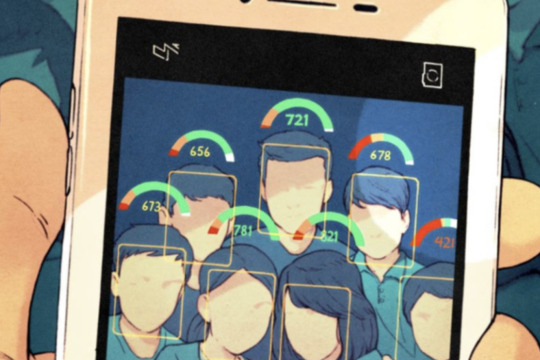
Sure those who committed minor offences get to restore their credit. However, those who committed heavy offences or violations will stay blacklisted for a long time, which includes not being able to travel, using social media platforms and having a slow Internet connection.
While it is agreeable that the social credit system instils good behaviour and provides safety to citizens, it is also very restrictive. Privacy is being taken away from citizens. No matter what they do, the government will know.
References:
Canales, K & Mok, A 2022, China’s “social credit” system ranks citizens and punishes them with throttled internet speeds and flight bans if the Communist Party deems them untrustworthy, Business Insider, 29 November, viewed 8 December 2022, <https://www.businessinsider.com/china-social-credit-system-punishments-and-rewards-explained-2018-4>.
Donnelly, D 2022, China Social Credit System explained - how it works, Horizons, 22 September, viewed 8 December 2022, <https://nhglobalpartners.com/china-social-credit-system-explained/>.
Lee, A 2020, What is China’s social credit system and why is it controversial?, South China Morning Post, 9 August, viewed 8 December 2022, <https://www.scmp.com/economy/china-economy/article/3096090/what-chinas-social-credit-system-and-why-it-controversial>.
11 notes
·
View notes
Text
Social Gaming: How toxic is it?
Gaming is the act of playing video games while allowing people (or gamers) to connect with each other. Most people make good friends through the gaming community. And of course, playing games is often associated with releasing stress. Many benefits come with being a part of the gaming community. These communities are also linked to providing toxic environments for some, such as women, LGBT communities and ethnic minorities. These groups are often targeted by younger male players. All because of the high levels of emotional reactivity, impulsivity and anonymity (Ratan 2021). These are considered the cultural norm of gaming. Women are most often subjected to sexism in the gaming community. They even go as far as changing their avatar or keeping their gender a secret to avoid being harassed by the toxic gaming community, which is mostly comprised of male gamers.
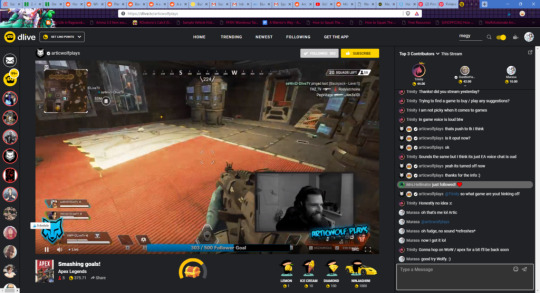
Anonymity plays a part in the gaming community. People are choosing to be anonymous while gaming to avoid being a subject of harassment or to avoid getting into trouble for harassing other gamers.
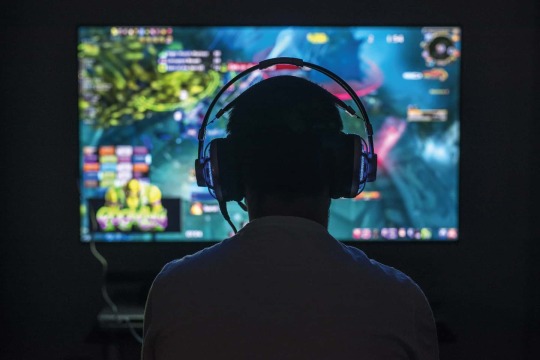
Gamers who face harassment in the gaming community are reported to have suicidal and depressive thoughts. The toxicity of the gaming community makes those who are harassed while gaming does not want to play again. Not to mention that victimisation in gaming results to lower self-esteem and anxiety.
The toxic behaviour presented by gamers is often linked to sadism (Buckets et al. 2014). Some people just like messing with others, well, because they simply want to. And on top of that, they don’t feel bad about it. Lucas and Sherry (2004) stated that it is very likely that women are often being subjected to sexism in the gaming community because of the idea that games are a ‘boy’s toy’.
Despite the initiatives made by many famous gamers, people still continue to be toxic in the gaming community. If you find yourself to be a subject of harassment or verbal abuse while gaming, you should always stand up for yourself. Let the abusers know that you are only there to game. Could there be a way to stop these toxic behaviours? Yes, of course, but only those who are being toxic can stop it.
References:
Ratan, R 2021, Faculty voice: gaming and toxicity, MSUToday | Michigan State University, 22 January, 22 January, viewed 12 November 2022, <https://msutoday.msu.edu/news/2021/faculty-voice-gaming-and-toxicity>.
Lucas, K & Sherry, JL 2004, ‘Sex differences in video game play:: A Communication-Based Explanation’, Communication Research, vol. 31, no. 5, SAGE Publications Inc, pp. 499–523.
Buckels, EE, Trapnell, PD & Paulhus, DL 2014, ‘Trolls just want to have fun’, Personality and Individual Differences, vol. 67, pp. 97–102.
2 notes
·
View notes
Text
Fandom
Week 9 Presentation
The digital world today changes how fans communicate with each other, even with their favourite celebrities. Fandom went from only viewing fandom materials (watching a film or reading a book) to participating in the fandom itself. This brings to the creation of fanfictions and fan art. Social media platforms enable people to form connections with others, either of the same fandom or those of other fandoms. Fandoms give a sense of belonging. What else is better than a group of people who understands you and what you like, who accepts you for who you are?
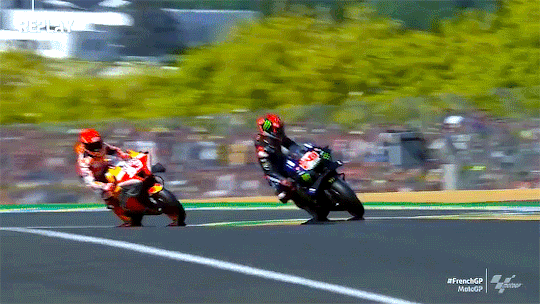
Fandoms have now allowed their fans to be a part of them, especially in the creation of new media or to determine the outcome of something. In Formula E, fans are able to provide their favourite drivers with extra ‘power’ during racing. This concept has been introduced by International Automobile Federation (FIA). This concept was introduced to give fans the opportunity to determine the outcome of the race. Fans get to vote for their driver of choice before the race through the Formula E website. Whenever the FanBoost is being used by the driver, it can be seen through the Halo head-protection device, with the Halo glowing in magenta. Not only does this show that fans play a part in fandom, but it also brings more attention to the sport (FanBoost 2022).

Creating materials of fandom, such as writing fanfiction and creating fan art give fans a sense of satisfaction as they get to change or modify existing materials according to how they want them to be. The creation of materials contributes to the revising of storytelling in a fan community (Wiatrowski n.d.). There are many platforms that allow fans to write fanfictions on, the most popular one would be Archive of Our Own. This site hosts over 10 million fanfictions from various fandoms. The most popular platform for fan art would be DeviantArt. This shows that fandom promotes creativity in fans. Some might even say that investing your time in fandoms is a hobby.

Why should you be a fan of something? Well, why not? It’s simply fun being a part of something that you consider is part of your identity.
References:
FanBoost 2022, Formula E Wiki, viewed 8 December 2022, <https://formulae.fandom.com/wiki/FanBoost>.
Wiatrowski, M n.d., The dynamics of Fandom: exploring fan communities in online spaces, Academia.edu, viewed 1 December 2022, <https://www.academia.edu/491940/The_Dynamics_of_Fandom_Exploring_Fan_Communities_in_Online_Spaces>.
3 notes
·
View notes
Text
Crowdsourcing in times of crisis
Crowdsourcing is when information, work, and opinions are gathered from a crowd through the Internet, applications or even social media. In fact, most of the information that can be found on the Internet is crowdsourced! Crowdsourcing is a good way to solve many problems in a short period of time. It doesn’t cost much to crowdsource information and it also provides you with different perspectives, as opinions are being crowdsourced as well. Generally, crowdsourcing is effective for various reasons.

The question is, can crowdsourced information during times of crisis mobilise the public into action? Yes. Take the white flag movement in Malaysia as an example. The #benderaputih (white flag) movement was started on social media by Malaysians who were in need of food and supplies during the COVID-19 pandemic. Many lost their job due to the COVID-19 pandemic and they didn’t have any other alternatives to put food on the table. The movement required those in need of supplies and food to hang a white flag or cloth in front of their homes (Rodzi 2021). Neighbours can then provide them with assistance, either by donating supplies and food or by posting about the situation on social media so that organisations can donate to them.

According to Chung (2021), three students from Multimedia University (MMU) developed a web application that played an important part in the movement. After realising that there was no centralised platform to connect those in need and those able to help, they developed a crowdsourcing platform, Sambal SOS. Those who need help can visit the web browser at https://www.sambalsos.com/ and send an SOS to get help or access the locations of food banks. Others get to report those putting up white flags from the app. The development of this web browser was praised by Malaysians due to its convenience.
Crowdsourcing is a reasonable practice, especially for organisations to look for a fresh set of ideas or solutions, all possible from the power of the crowd.
References:
Chung, N 2021, White flag campaign - MMU students create app to help, Free Malaysia Today (FMT), viewed 12 November 2022, <https://www.freemalaysiatoday.com/category/nation/2021/07/06/white-flag-campaign-mmu-students-create-app-to-help/>.
Rodzi, NH 2021, Malaysians launch white flag campaign to signal distress without begging, The Straits Times, 30 June, viewed 12 November 2022, <https://www.straitstimes.com/asia/se-asia/malaysians-launch-white-flag-campaign-to-signal-distress-without-begging>.
2 notes
·
View notes
Text
What happens if we rely too much on social media for public health campaigns?
The use of social media platforms has influenced the awareness of the public positively, especially during the COVID-19 pandemic. Social media is generally a useful tool to disseminate information on public health due to its simplicity. Experts in the health field have taken initiatives to spread awareness on social media platforms. They are called ‘medical influencers’ (Medical influencers: navigating social media as doctors 2021), and from the term itself, you can tell that they are doctors who use their influence on social media platforms to raise awareness of public health.

On TikTok, experts in public health make videos to inform the youth about public health. This enables easier communication between the public and experts as experts can simply reply to their comments or give suggestions based on the knowledge that they have.
Spreading information on social media is inexpensive and not time-consuming, but that comes with a price. Anyone can use social media, including people who don’t have knowledge about health. These people only give their opinions on public health without having any knowledge. As a consequence, misinformation is spread. Suppressing fake news is not as easy as people say it is. People tend to view issues through their own perception and often do not seek confirmation of that information (What is the impact of social media on public health? 2020).

Misinformation about the COVID-19 vaccines was spread. Governments and scientists decided to capitalise on mRNA technology to develop COVID-19 vaccines quickly, as a result, conspiracy theories and additional rumours came with it (Lee et al. 2022). Anti-vaxxers have used misinformation which includes conspiracy theories on vaccines to convince people to not get vaccinated. For instance, anti-vaxxers have spread the (obviously fake) news of COVID-19 vaccines being harmful and toxic. Misinformation results from a lack of knowledge or the misinterpretation of scientific results (Sarukhan 2021).
If people continue to rely on social media without also being aware that not every news is good news, or if people cannot sort facts from lies, it only leads to distrust in the media. People must understand that they should fact-check prior to spreading any kind of news to anyone.
References:
Medical influencers: navigating social media as doctors 2021, The MDU, 9 July, viewed 12 November 2022, <https://www.themdu.com/guidance-and-advice/guides/medical-influencers-navigating-social-media-as-doctors>.
What is the impact of Social Media on Public Health? 2020, MPH Online, viewed 12 November 2022, <https://www.mphonline.org/social-media-and-public-health/>.
Lee, SK, Sun, J, Jang, S & Connelly, S 2022, ‘Misinformation of COVID-19 vaccines and vaccine hesitancy’, Scientific Reports, vol. 12, no. 1, Nature Publishing Group, p. 13681.
Sarukhan, A 2021, Disinformation has no religion: the most common fake news on COVID-19 vaccines - blog, ISGlobal, 17 November, viewed 12 November 2022, <https://www.isglobal.org/en/healthisglobal/-/custom-blog-portlet/los-bulos-no-tienen-religion-las-fake-news-mas-comunes-sobre-las-vacunas-covid-19/3098670/0>.
2 notes
·
View notes
Text
Social Media Activism
As the world becomes more globalised, people have turned to social media for a myriad of reasons. That includes activism. Activists started using social media as most people and organisations started to take action and make changes. Social media activism is inexpensive and connects people worldwide. It is, of course, similar to any other form of activism, but tags, hashtags and media texts are being used to protest or support an issue instead of marching along the streets. Activism, in general, is the act of making something definite. Social media has opened the way to activism simply by being an effective communication tool that has no borders.
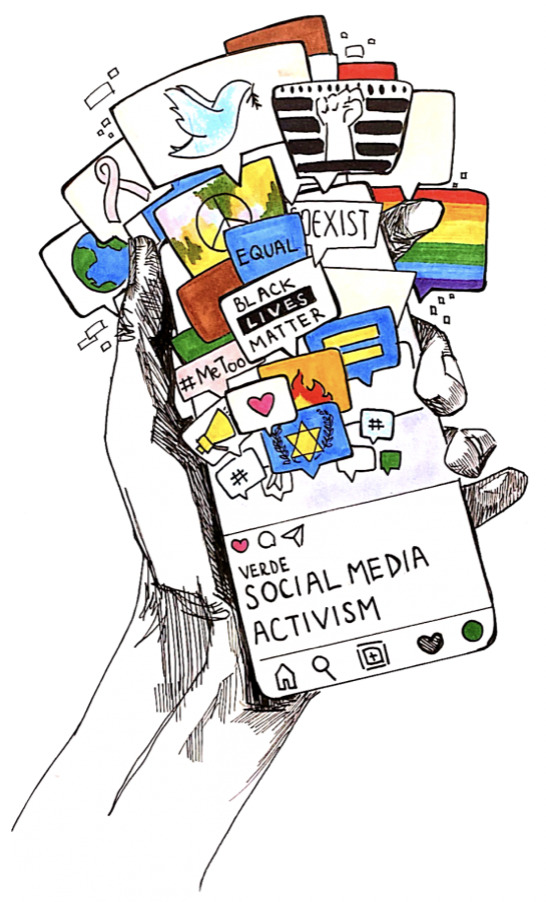
Back then, activism is only conducted by people of knowledge or people who are considered experts in their branch of study. Now, anyone can be a part of activism, especially social media activism. As can be seen from the Hong Kong protest, most of the activists were university students and secondary school students. Protestors used social media platforms as the authorities were limiting Internet access and they found it safe to communicate with each other without being seen under watchful eyes (Koetsier 2019). King-wa Fu in Shao (2019) mentioned that a local social media platform, LIHKG, allowed groups to initiate ideas and strategies.
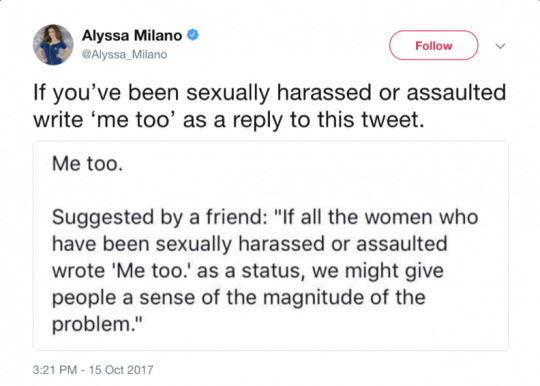
The term ‘me too’ originated from Tarana Burke who was an activist, and it became a hashtag that led to the #MeToo movement in 2017. According to Thomson (2018), Harvey Weinstein who was a film producer was a long-time sexual predator and his history of sexual abuse, harassment and rape for 30 years was uncovered by women who have worked on his films. Many women came forward with sexual abuse allegations against powerful men in Hollywood. This caused women from all over the world to share their sexual abuse experiences with the hashtag #MeToo on social media.
Social media activism has given a voice to users. Due to the frequency of social media usage, the attention to social media activism has been amplified because of mass participation. People who share similar experiences come together and that action empowers them to voice out their opinions freely without having the fear of being judged.
References:
Koetsier, J 2019, Hong Kong protestors using mesh messaging app China can’t block: usage up 3685%, Forbes, 2 September, viewed 12 November 2022, <https://www.forbes.com/sites/johnkoetsier/2019/09/02/hong-kong-protestors-using-mesh-messaging-app-china-cant-block-usage-up-3685/>.
Shao, G 2019, Social media has become a battleground in Hong Kong’s protests, CNBC, 15 August, viewed 12 November 2022, <https://www.cnbc.com/2019/08/16/social-media-has-become-a-battleground-in-hong-kongs-protests.html>.
Thomson, K 2018, Social Media Activism and the #MeToo Movement, Medium, 13 June, viewed 12 November 2022, <https://medium.com/@kmthomson.11/social-media-activism-and-the-metoo-movement-166f452d7fd2>.
2 notes
·
View notes
Text
Is social media a threat to traditional Asian governments?
Social media is being used for many things, from using social media platforms to stay connected with families and friends to use social media for getting information. The way of using social media has evolved. Social media should also be used to create opportunities for political engagement, especially for the younger generation.
One of the reasons why older politicians in Asian countries still conduct their campaigns traditionally is due to authoritarianism, or simply because they want people who previously voted for them to vote for them again. Some Asian governments may not be full autocratic, but they still hold some autocratic values. The younger generation is usually not taken seriously by the older generation. This could most probably be because the younger generation is more opinionated and vocal about their opinions.
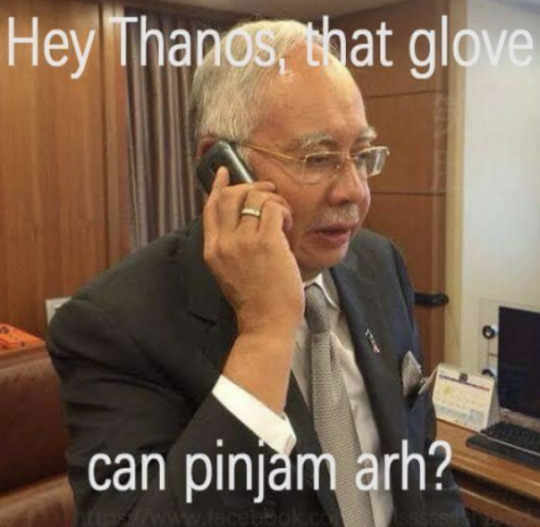
Here's the reality check that everyone needs, not focusing on the younger generation (not giving them a voice) when it comes to politics only pushes them away, which makes them not want to be involved in politics or even want to know about politics in general.
I think traditional Asian governments view social media as a threat because it takes the power of being able to dictate people away from them. It’s not about what or how people think, it’s about what and how they think. This brings us to another point. Money and corruption. This topic circles back to authoritarianism, money being involved to influence people. Disinformation on social media may contribute to the fact that Asian governments see social media as a threat. In this age, it’s hard to distinguish the truth from facts. Fake news is spreading like some kind of plague on social media, and it sees no end.

It is important to see and learn that although authoritarianism isn’t particularly good, there are aspects of it that we need to consider and understand as well, especially when it comes to Asian governments.
7 notes
·
View notes
Photo
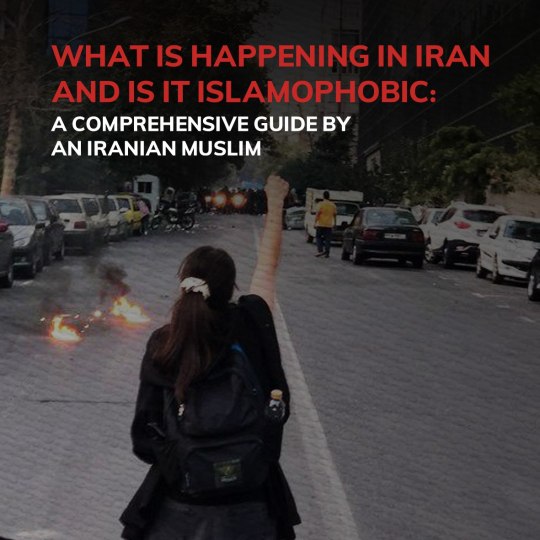
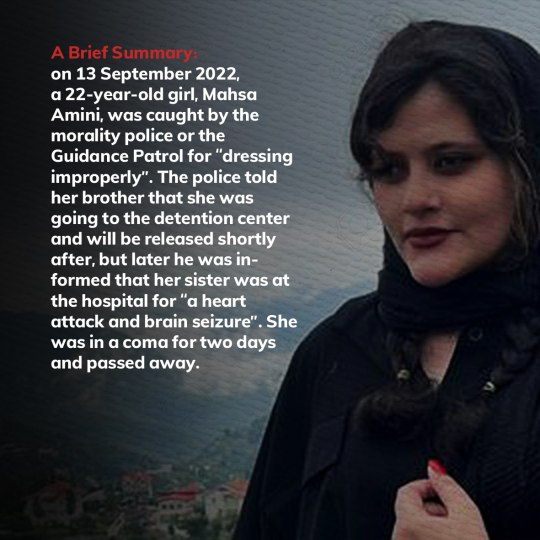
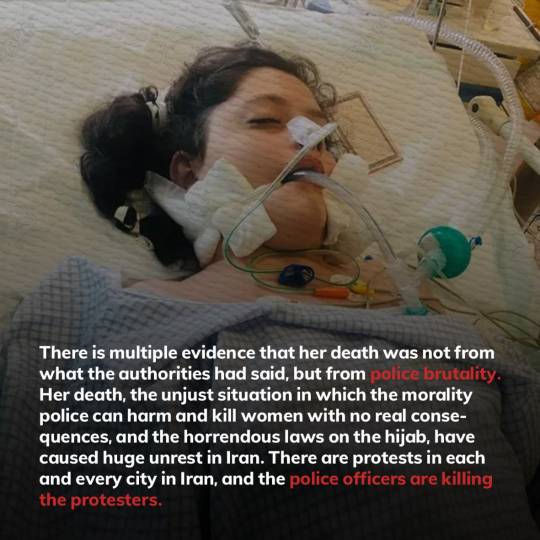

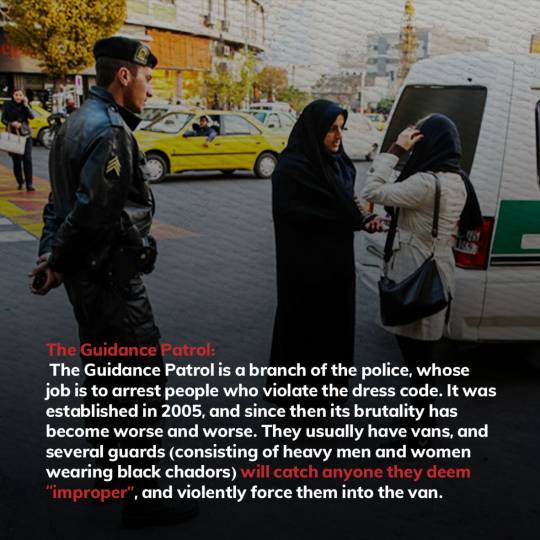
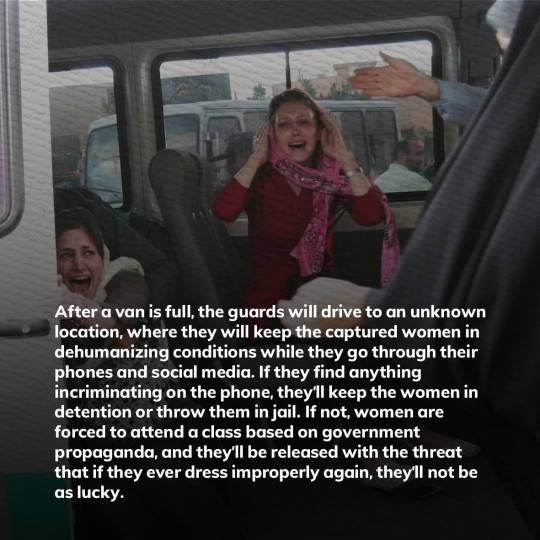

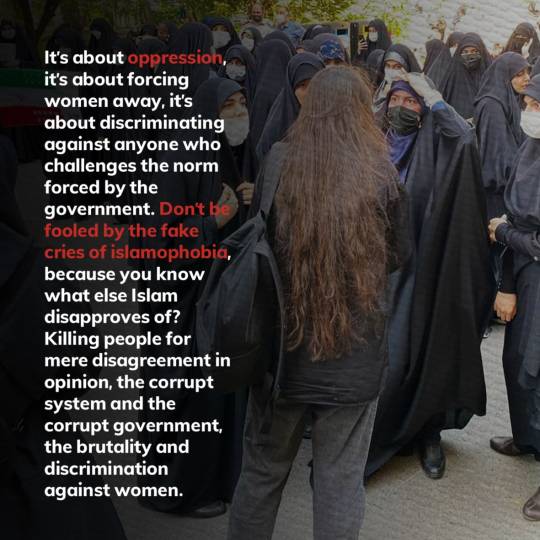

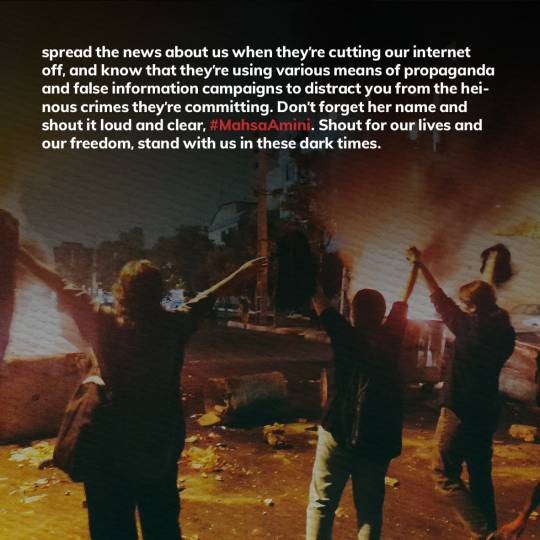
a helpful slideshow created by my friend @the-celestial-bitch and her sister who can no longer access her blog from her country and has asked me to post in her stead instead
this is what she said:
this is a direct response to all the people whose reaction to what’s happening in iran is a calling them islamophobic and blocking them, furthering the oppression they’re experiencing by the government’s hands. please read this, and repost it on Twitter or Instagram and stop the misinformation from spreading
12K notes
·
View notes
Text
Is blogging still relevant in the age of TikToks and Instagram?
Blogs are commentaries, or rather opinions of individuals, usually written on websites. The word blog came from the term ‘weblog’, which was pronounced as web-log. As the intention of blogging is to log opinions or personal experiences of someone on websites. The number of blogs at present may not be as high as it was back then, which was reported by Technorati. However, they still exist, and many use blogs for different purposes.
The idea of blogging has evolved. Blogging first started on websites, and now, bloggers use social media platforms such as Instagram, Twitter, and TikTok to blog. The term for blogging on social media platforms is micro-blogging. This way, people get to blog or read blogs while enjoying the features of social media. Micro-blogging is preferred by many as it is simple. For instance, micro-blogging on Twitter is simple as individuals get to blog small amounts of texts from their smartphones, which makes micro-blogging effortless and favoured especially among the younger generation. There are different types of blogs that people look at, read, and even watch. Blogs can also be in a form of videos, which are called vlogs. Vlogs are more common on YouTube and are usually about 10 minutes long, which brings us to the fact that some individuals, especially youths, find that mini vlogs are more entertaining. This may be so because mini vlogs are shorter.
Blogs are now used for monetisation too. Since blogging is relevant, marketers prioritise blogs as marketing through blogs gives companies a better return of investment (ROI). About 409 million people view blogs monthly and marketers see this as an opportunity to get better content marketing. And most of the content marketing happens on social media platforms. Blogs are connected to website traffic. Using blogs as a marketing strategy increases website traffic and search engine optimisation (SEO). Through blogs, businesses get to appear higher on the search engine result pages.
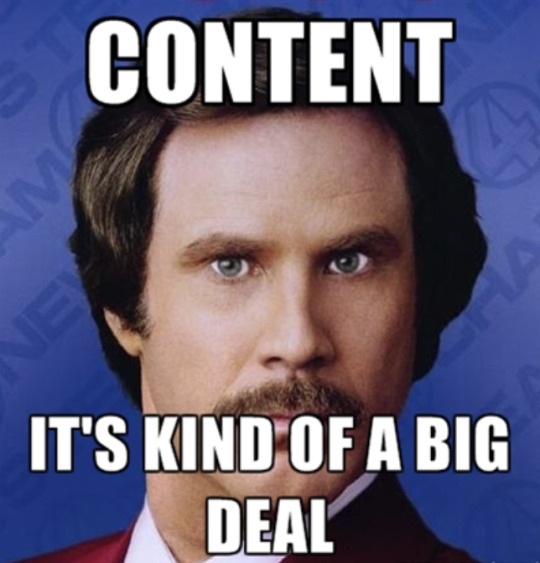
What used to be web pages for people to write their feelings out became a vital marketing strategy for businesses. There is no doubt that blogs will continue to evolve in the future.
And yes, blogging is still relevant in the age of TikToks and Instagram.
11 notes
·
View notes